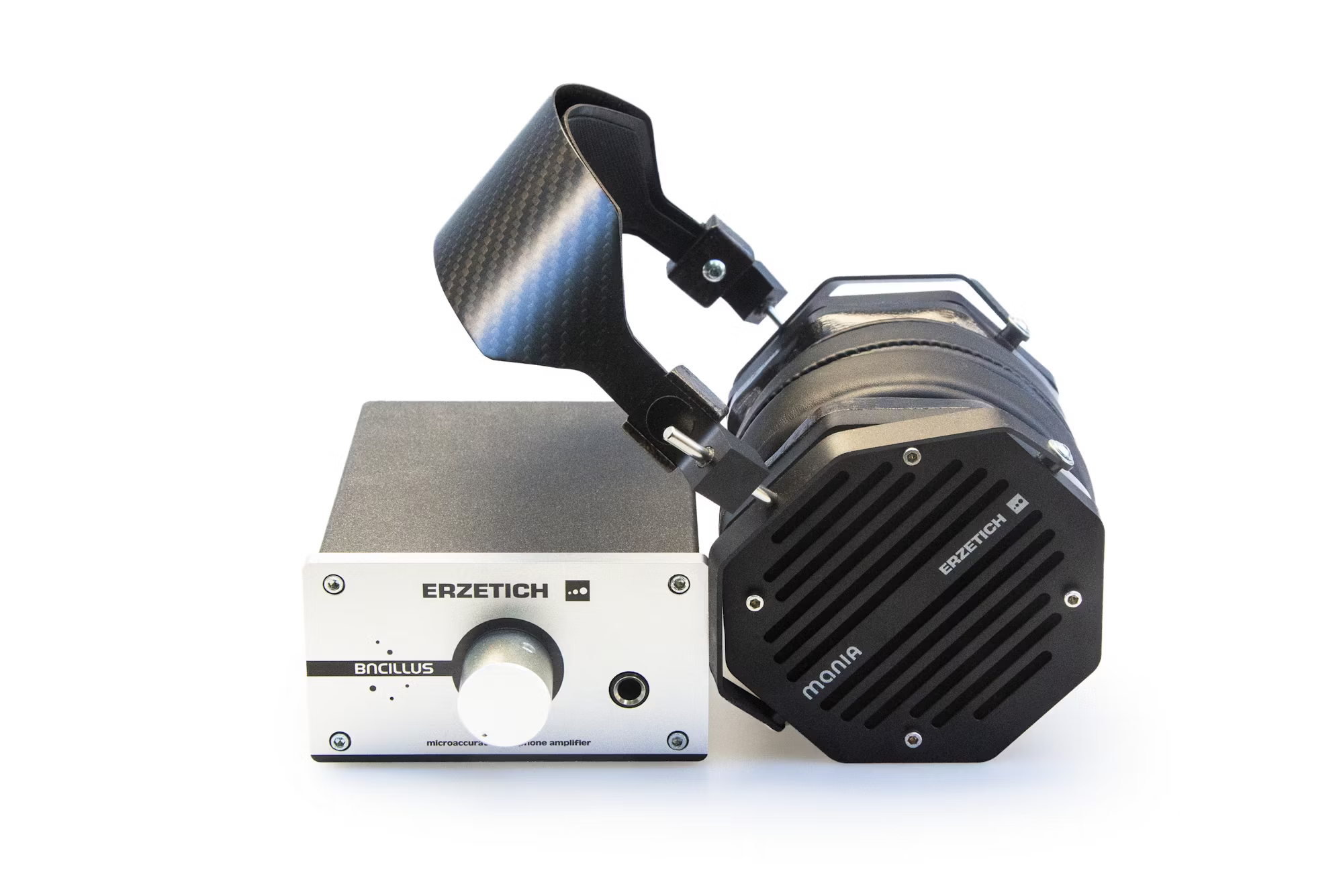The Evolution of Music Consumption in the Digital Age
The landscape of music consumption has undergone a radical transformation in the digital age, reshaping how listeners access, experience, and interact with music. From the early days of cassette tapes to the rise of streaming services, the evolution of technology has continuously influenced the music industry, creating new opportunities and challenges for artists and consumers alike. This article delves into the key developments in music consumption, examining how these changes have shaped industry trends and listener habits.
The Shift from Physical to Digital
Historically, music was primarily consumed in physical formats, such as vinyl records, cassette tapes, and compact discs (CDs). Each format had its own unique qualities and limitations, dictating how listeners experienced music. Vinyl records, for instance, offered a warm, rich sound that many audiophiles cherish, while cassette tapes introduced portability but came with the drawbacks of wear and tear.
The advent of the digital age marked a significant shift in this paradigm. The introduction of the MP3 format allowed for audio files to be compressed without a substantial loss of quality, making it easier for consumers to store and share music. Digital downloads surged in popularity, enabling listeners to purchase individual songs or albums online, thus shifting the focus from physical ownership to digital access. This evolution fundamentally changed how music was marketed and distributed, paving the way for new business models within the industry.
The Rise of Streaming Services
The next major milestone in music consumption came with the rise of streaming services. Platforms like Spotify, Apple Music, and Tidal revolutionized the way people access music, allowing for instant playback of millions of tracks at their fingertips. Streaming not only provided convenience but also altered the economic landscape for artists and the industry as a whole.
With subscription-based models, listeners no longer needed to purchase individual tracks or albums, leading to a shift in revenue streams for artists. This new model favored access over ownership, encouraging listeners to explore a wider variety of music. Moreover, the discovery algorithms employed by these platforms introduced audiences to new genres and artists they might not have encountered otherwise, fostering a culture of exploration and diversity in music consumption.
The Impact on Artists and Revenue
While streaming services have broadened access to music, they have also sparked debate regarding fair compensation for artists. Many musicians and industry professionals argue that the revenue generated from streaming is insufficient to sustain a career in music. Unlike traditional album sales, where artists received a substantial portion of profits, streaming payouts are often minimal, prompting discussions about how to create a more equitable system.
In response to these challenges, some artists have turned to alternative revenue streams, such as merchandise sales, live performances, and crowdfunding. The rise of social media platforms has also empowered musicians to engage directly with their fans, building communities that support their work. This direct connection allows artists to promote their music and cultivate loyal followings, which can be essential in a landscape where traditional revenue models are evolving.
The Role of Social Media in Music Discovery
Social media has become an integral part of the music discovery process, significantly influencing how listeners engage with music. Platforms like Instagram, TikTok, and YouTube enable artists to share their work, connect with fans, and promote their music in creative ways. The virality of content on these platforms can propel a song to massive success overnight, showcasing the power of social media in shaping contemporary music trends.
For example, TikTok has emerged as a powerful tool for music promotion, with users creating dance challenges and short videos that often lead to significant streaming boosts for songs. This new form of engagement has redefined how artists approach marketing and audience interaction, encouraging them to think creatively about how to leverage these platforms to reach potential fans.
The Resurgence of Live Music
Despite the dominance of digital consumption, live music remains a vital aspect of the music experience. The excitement of attending concerts and festivals provides an irreplaceable connection between artists and their audiences. In recent years, the resurgence of live music has highlighted the importance of this connection, as fans crave the communal experience of enjoying music together.
Live performances also offer artists an opportunity to generate income in an environment where streaming revenue may fall short. Merchandise sales at concerts can significantly contribute to an artist’s overall income, and many musicians have embraced the intimate setting of smaller venues to cultivate closer relationships with their fans. This focus on live experiences underscores the enduring relevance of in-person music consumption in an increasingly digital world.
The Future of Music Consumption
As technology continues to evolve, the future of music consumption holds both exciting possibilities and potential challenges. The integration of virtual reality (VR) and augmented reality (AR) into live music experiences may redefine how audiences engage with performances, creating immersive environments that enhance the connection between artists and fans.
Additionally, advancements in artificial intelligence (AI) could further transform the way music is created and consumed. AI-driven tools can analyze listener preferences and generate personalized playlists, allowing for a more tailored music experience. While these innovations present opportunities for growth, they also raise questions about the authenticity of music and the role of human creativity in the artistic process.
Conclusion: Embracing Change in Music Consumption
The evolution of music consumption in the digital age reflects broader societal shifts and technological advancements. From the decline of physical formats to the rise of streaming services and social media, each development has reshaped the way we experience music. While challenges remain, particularly regarding artist compensation and the impact of digital consumption on traditional revenue models, the future of music promises to be dynamic and ever-evolving. As listeners, artists, and industry professionals navigate this landscape, embracing change and innovation will be key to thriving in the future of music consumption.
